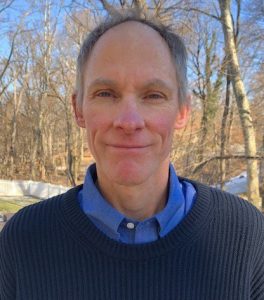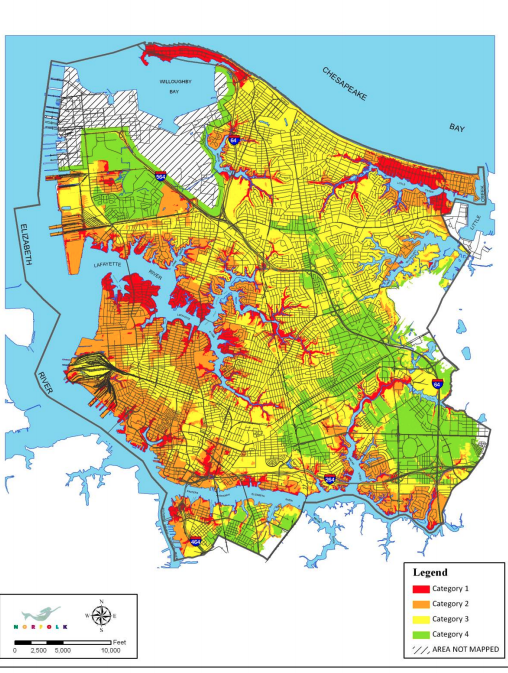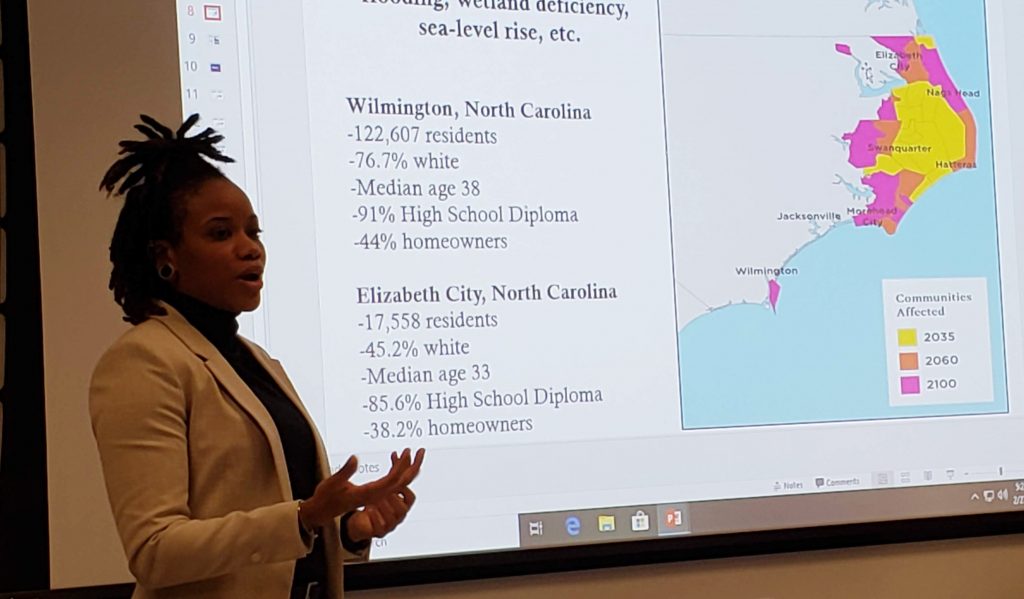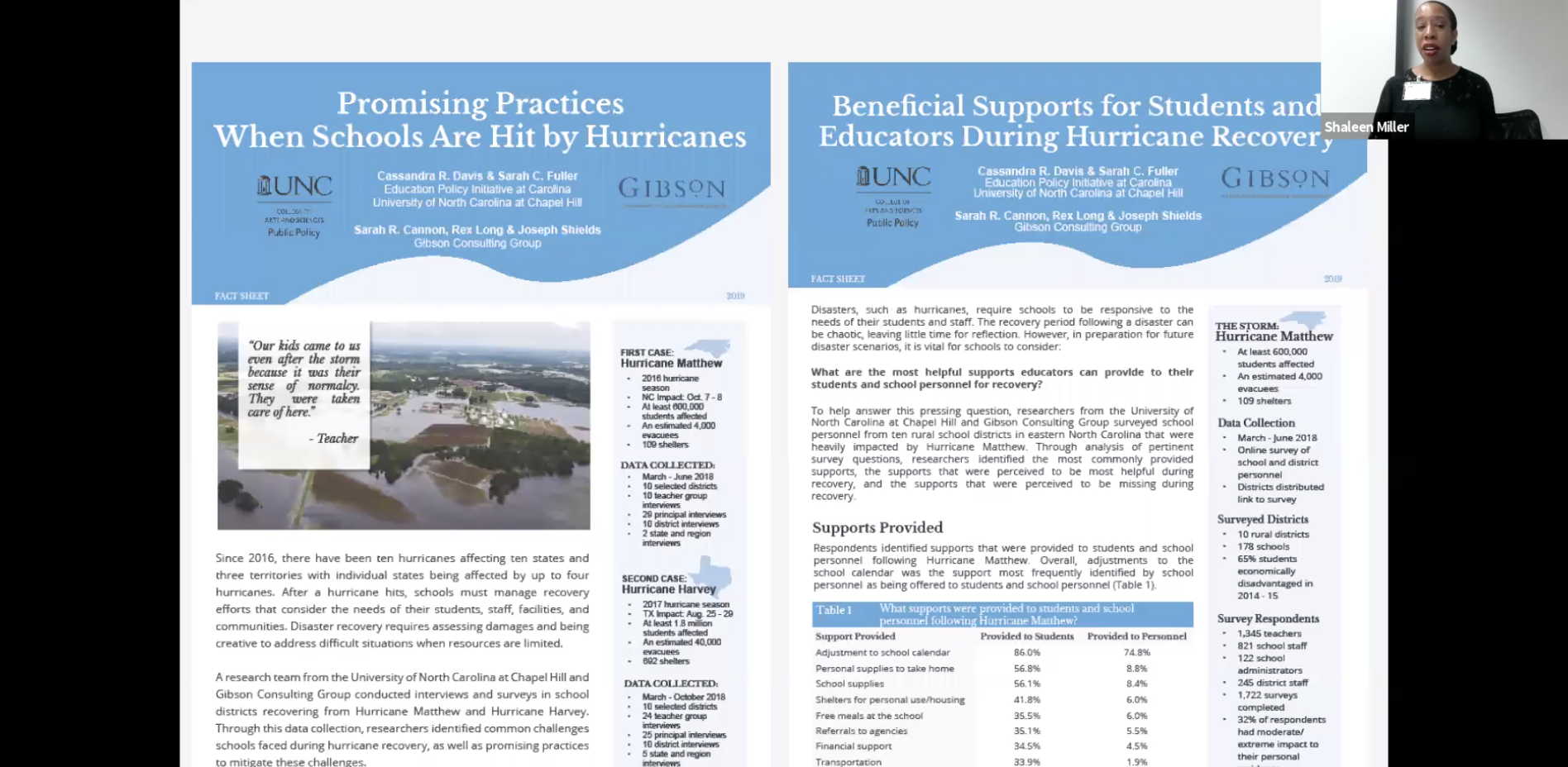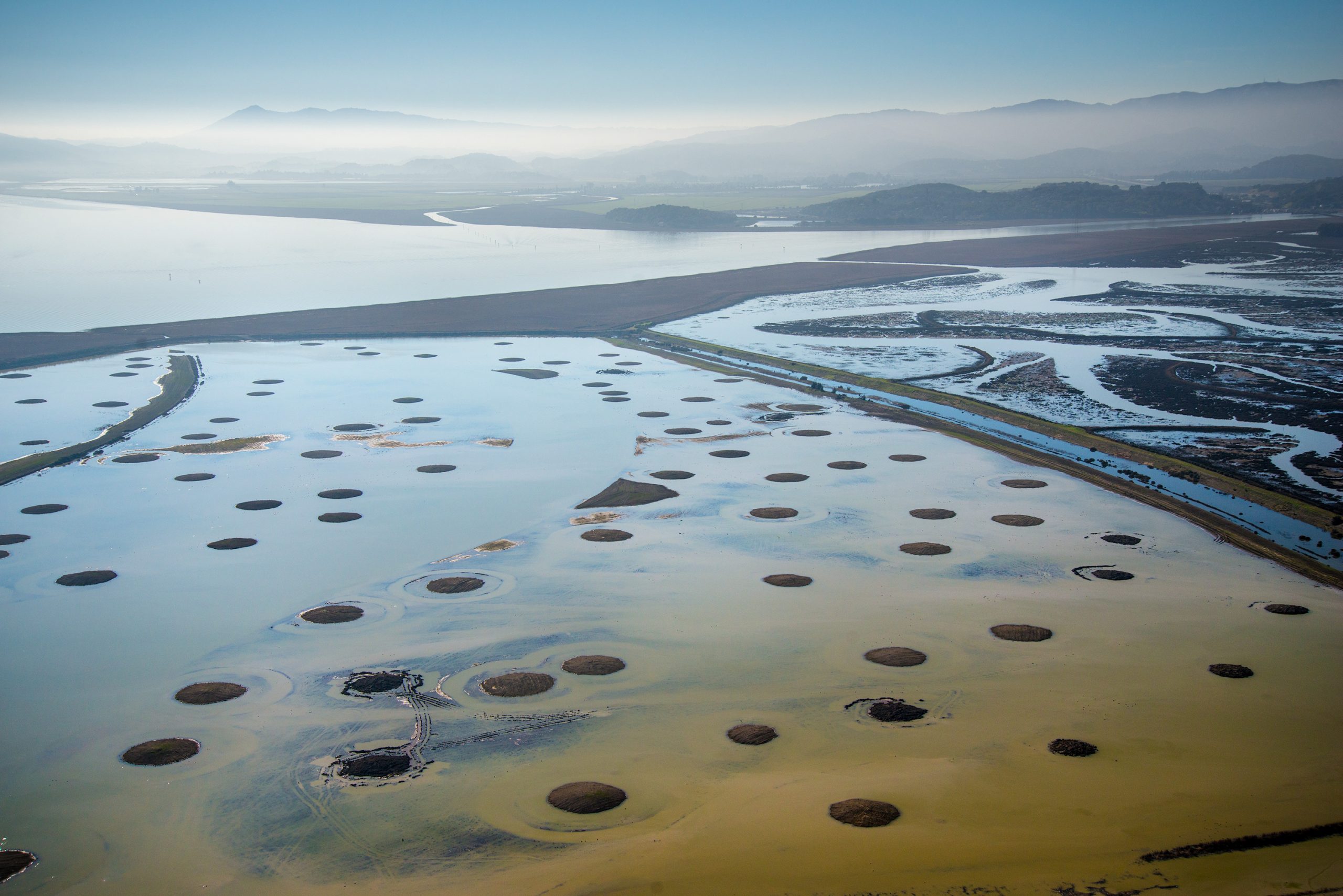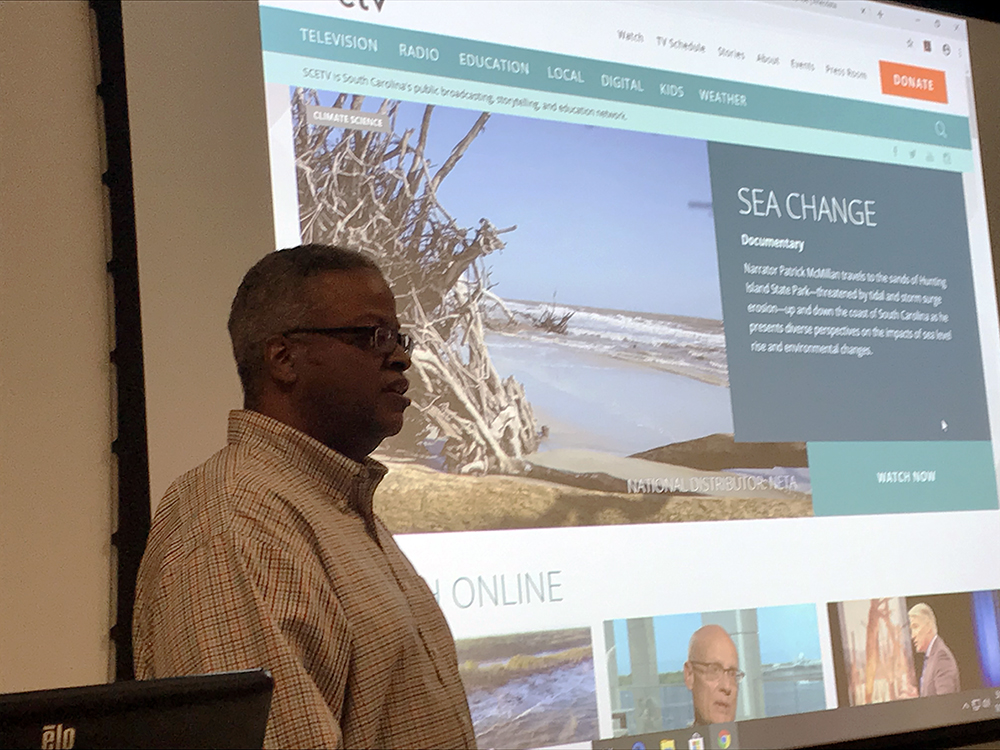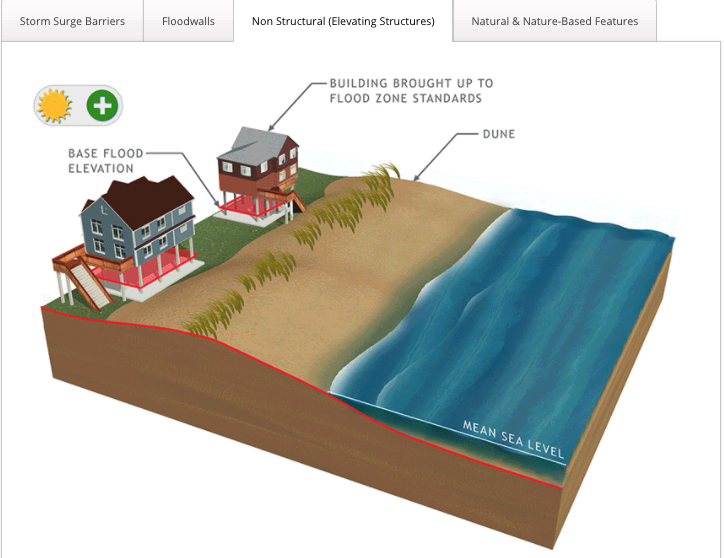
A graphic from the U.S. Army Corps of Engineers’ New Jersey Back Bay Study details one of several options for defending shorelines.
By Lauren Turner
On April 16, 2020, the Natural Hazards Speaker Series was joined by J.B. Smith of the U.S. Army Corps of Engineers (USACE). Smith is the Coastal Technical Expert for the Philadelphia District of the Corps. He spoke about the planning perspective of the Corps around coastal hazards and resilience. Earlier this semester, we heard from his Army Corps colleague, Julie Rosati, who presented the programmatic model of the Corps. Smith’s presentation was a follow-up on that, delving into specific programs (namely the New Jersey Back Bay) as well as barriers to implementing preferred techniques.
Smith works in the Coastal Storm Risk Management program, which focuses on beach erosion and restoration, shoreline protection, urban inundation and sea level rise. Smith said USACE addresses these issues through engineering and practice-based solutions. Many projects take up to 10 years, and the Corps is constantly conducting research to propose new and better solutions. As Smith puts it, “The Corps is the nation’s engineers”.
The planning process that the Army Corps uses is as follows: (1) Identify problems and opportunities, (2) inventory current conditions and forecast future ones, (3) formulate alternative plans, (4) evaluate alternative plans, (5) compare alternative plans and (6) select a plan. Smith said that at each stage of this planning process, there is more opportunity for community engagement, and more stakeholders become involved at each level.
